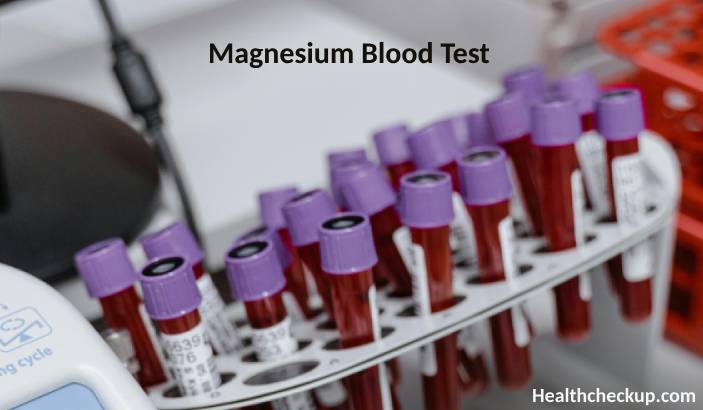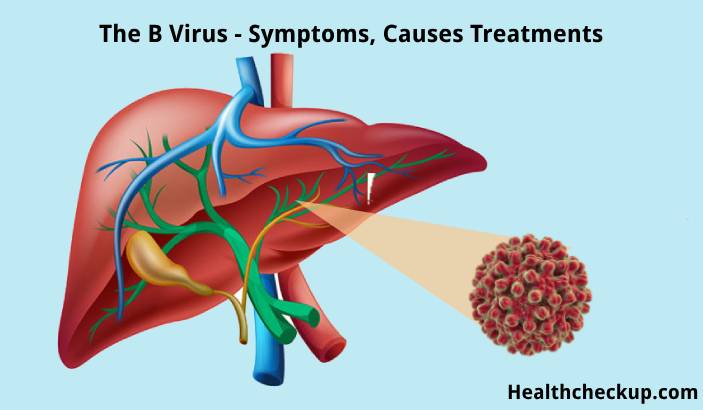The chloride blood test measures the level of chloride in the blood, an essential electrolyte that plays a key role in maintaining fluid balance, acid-base regulation, and nerve and muscle function. Understanding chloride levels is critical for diagnosing and managing various health conditions, particularly those related to kidney and respiratory function.
Purpose of the Chloride Blood Test
- Assessing Electrolyte Balance: Chloride is one of the main electrolytes in the body, and its levels can indicate imbalances that affect fluid regulation and pH.
- Evaluating Kidney Function: Abnormal chloride levels can point to issues with kidney function or disease.
- Detecting Acid-Base Disorders: Chloride levels are crucial in assessing acid-base balance, providing insights into conditions like acidosis or alkalosis.
- Monitoring Chronic Conditions: For patients with chronic illnesses like kidney disease or respiratory disorders, the chloride test helps track disease progression and treatment response.
Normal Range for Chloride Blood Test
- Typical Values:
- The normal range for chloride in the blood typically falls between 98 and 106 milliequivalents per liter (mEq/L).
- This range can vary slightly depending on age, gender, and laboratory methods.
| Group | Normal Chloride Range |
| Adults | 98-106 mEq/L |
| Children | Slightly lower levels might be considered normal due to developmental factors |
High Chloride Levels (Hyperchloremia)
- Causes:
- Dehydration: When the body loses water, chloride concentration in the blood can increase.
- Kidney Dysfunction: Kidneys play a significant role in electrolyte regulation, and dysfunction can lead to high chloride levels.
- Medications: Certain medications, such as corticosteroids or some diuretics, can cause hyperchloremia.
- Acid-Base Disorders: Conditions like metabolic acidosis can lead to elevated chloride levels.
- Symptoms:
- Excessive thirst, dry mouth, high blood pressure, and muscle weakness.
- Associated Conditions:
- Hyperchloremia can indicate underlying health issues, such as renal tubular acidosis, kidney failure, or prolonged diarrhea.
| Condition | Possible Causes of Hyperchloremia |
| Kidney Dysfunction | Kidney disease or renal tubular acidosis |
| Medications | Corticosteroids, diuretics |
| Dehydration | Excessive fluid loss |
| Acid-Base Disorders | Metabolic acidosis |
Low Chloride Levels (Hypochloremia)
- Causes:
- Fluid Loss: Prolonged vomiting or diarrhea can lead to loss of chloride.
- Medications: Some diuretics and antiemetics can cause hypochloremia.
- Chronic Conditions: Conditions like Addison’s disease or chronic respiratory disorders may result in low chloride levels.
- Metabolic Alkalosis: An acid-base disorder that can lower chloride levels.
- Symptoms:
- Fatigue, muscle cramps, weakness, confusion, and seizures.
- Associated Conditions:
- Hypochloremia can be a sign of chronic illnesses, such as chronic obstructive pulmonary disease (COPD), heart failure, or endocrine disorders.
| Condition | Possible Causes of Hypochloremia |
| Fluid Loss | Prolonged vomiting or diarrhea |
| Medications | Diuretics, antiemetics |
| Chronic Conditions | Addison’s disease, COPD |
| Acid-Base Disorders | Metabolic alkalosis |
Interpreting Chloride Blood Test Results
- Normal Results:
- Suggest a balanced electrolyte level, indicating proper kidney function and acid-base balance.
- High Chloride Levels:
- Indicate possible dehydration, kidney dysfunction, or metabolic acidosis. Further testing may be required to identify the underlying cause.
- Low Chloride Levels:
- Suggest a potential fluid imbalance, medication side effects, or chronic illness. Additional diagnostic tests might be necessary to determine the cause.
- Guiding Treatment:
- The chloride test results can guide treatment strategies, such as adjusting medication, managing fluid balance, or addressing underlying health conditions.
Conclusion
The chloride blood test is an essential tool for assessing electrolyte balance and identifying underlying health conditions. Understanding the normal range, what high and low levels indicate, and how to interpret the results helps patients and healthcare providers make informed decisions about treatment and follow-up care.
I specialize in writing about health, medical conditions, and healthcare, drawing extensively from scientific research. Over the course of my career, I have published widely on topics related to health, medicine, and education. My work has appeared in leading blogs and editorial columns.








